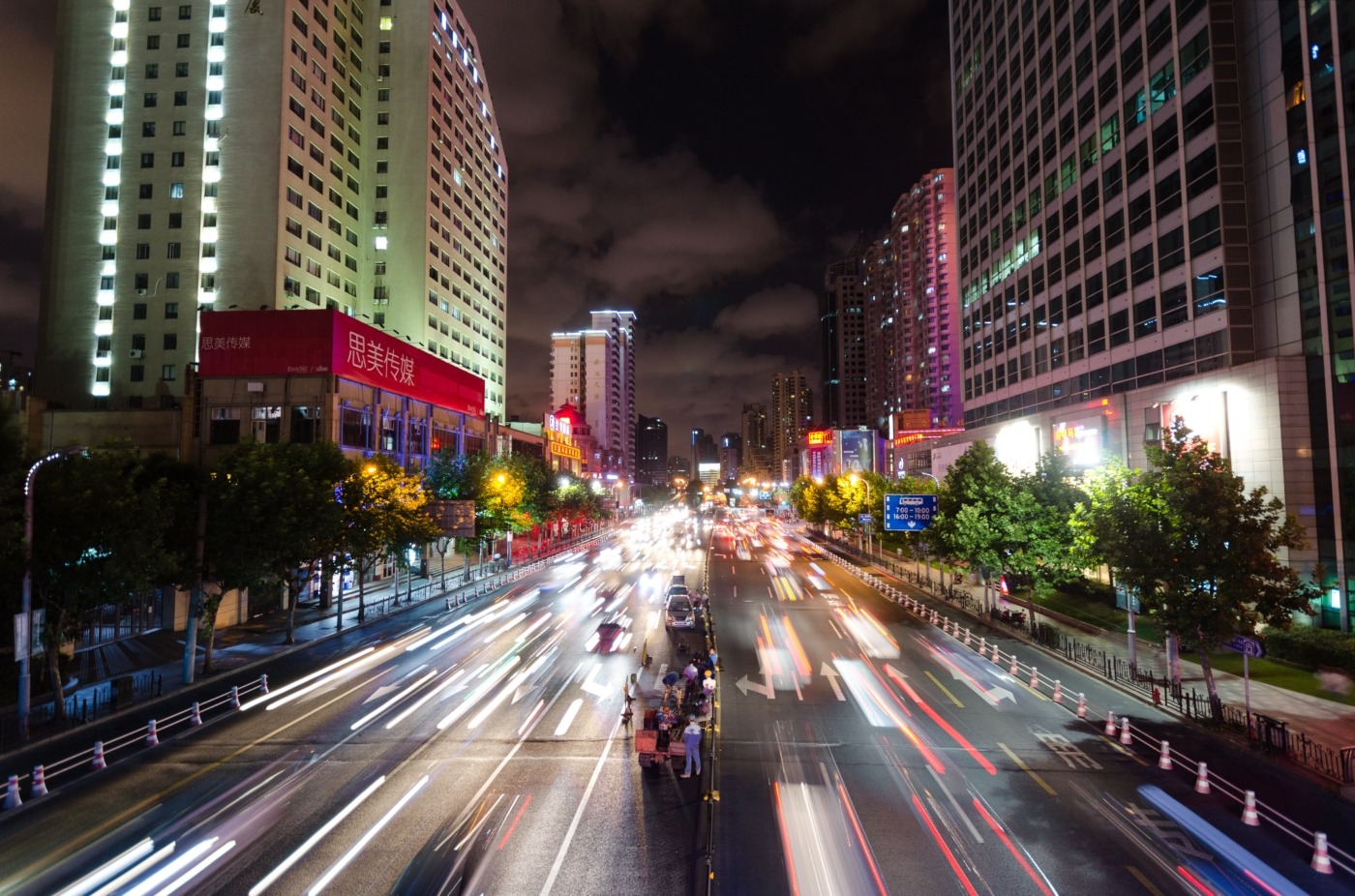Sunset for the ‘Miracle Economy’: China grapples with poor confidence, debt, and property crisis
China’s fairytale growth, a story often retold many times as a developmental miracle, is petering out. With stuttering consumer confidence shown by 0.3% deflation in August compared to last year, debt crises and slowing growth, it appears that the days of double-digit output growth have come to an end.
Increasing pessimism both within and outside of China’s borders clouds the nation’s economic picture, with Barclays lowering expectations of this year’s GDP growth from 4.9% to 4.5%, and JP Morgan in similar fashion cutting expectations from 6.4% to 4.8%.
As a result, People’s Bank of China (PBOC) has decreased its one-year loan prime rate by 10 basis points to 3.45% from 3.55%. China’s loan prime rate is the rate charged by commercial banks towards their best customers and reflects the rates on most household and business loans.
Whilst this is unlikely to spur the economy back into action, Masayuki Kichikawa, Chief Macro Strategist at Sumitomo Mitsui DS Asset Management, claims: “China [probably] limited the size and scope of rate cuts because they are concerned about downward pressure on the yuan”. But what’s caused the slowdown?
Recent memory points toward a dictatorial failure of Covid-19 lockdown policy as the primary cause of low confidence and poor contemporary economic performance, however it should also be recognised that pre-Covid growth back in 2018 was already at China’s lowest rate since 1990. Factors such as a looming debt crisis have plagued the business and socioeconomic climate in China before the spread of Covid-19, and these fragilities have not cleared up, rather worsened by poor confidence following zero-Covid policies.
As many structural issues in contemporary economics do, part of the Chinese debt problem arose in the aftermath of the 2008 Great Financial Crisis
As many structural issues in contemporary economics do, part of the Chinese debt problem arose in the aftermath of the 2008 Great Financial Crisis. Government officials aiming to keep the economy growing amidst the crisis set out a massive stimulus package of 4 trillion yuan ($586 billion) that also enabled local governments to borrow, which led to a spike in borrowing amongst local governments.
Local governments, now prioritising debt management, were drivers of growth and investment. With falling revenues from property, income streams for local governments have shrunk whilst public service costs have not. Even though the central government increased transfers to local government by 17.1% in 2022, a bailout is not on the cards as Beijing currently prioritises preserving its balance sheet were it to be forced to resolve a future crisis.
Furthermore, China’s real estate development scene, which has previously delivered considerable output growth, employment and local government revenue, has collapsed.
Stresses from the CCP’s three red lines policy which restricted real estate developers’ access to debt, weak consumer demand during and post-Covid and decreased investment appetite from offshore creditors have piled on the pressure on real estate. Evergrande, China’s biggest real estate player, defaulted in late 2021 and Country Garden announced that it had lost $7 billion in the first half of 2023 amidst further default fears.
According to a 2020 working paper by Harvard Professor, Kenneth Rogoff, and IMF Economist Yuanchen Yang, real estate accounted for 29% of China’s GDP, with Goldman Sachs’ research estimating that 60-70% of Chinese household wealth is invested in property. Thus, the real estate crunch has caused breakdowns in confidence and household consumption throughout the economy.
To make matters only worse, the CCP’s zero-Covid policy, which held over 400 million people in lockdown measures prior to reopening in December according to Nomura estimates, caused a chaos now embedded in the country’s business atmosphere. Tech giants, normally bursting with dynamism, such as Alibaba and Tencent in 2022 reported flatlining or falling profits.
In other tech news, following the Covid period, firms have reevaluated their youth and graduate intake, with some rescinding their graduate offers contributing to an eye-wateringly high youth unemployment of 21.3% in June 2023
In other tech news, following the Covid period, firms have reevaluated their youth and graduate intake, with some rescinding their graduate offers contributing to an eye-wateringly high youth unemployment of 21.3% in June 2023. Since then, the National Bureau of Statistics (NBS) have stopped publishing age-group specific data to “optimise labour force survey statistics”.
With growth slowing, deflation rearing its head, consumer confidence and spending down, China finds itself in a predicament. In order to bounce back, confidence has to be restored to drive demand, but the two tools required have caveats to their use. Interventionist monetary policy actions need to boost weakened demand yet avoid destabilising the yuan. Furthermore, active fiscal policy will find itself constrained by the indebtedness of local governments and the reluctance of the central government to bail these institutions out.
For now, China’s future looks bleak. Policy makers will have to grapple with the constrained tools at their disposal to unpick the web of problems of a major property sector in crisis, poor consumer confidence and local government indebtedness.

Comments (1)
A well balanced article.